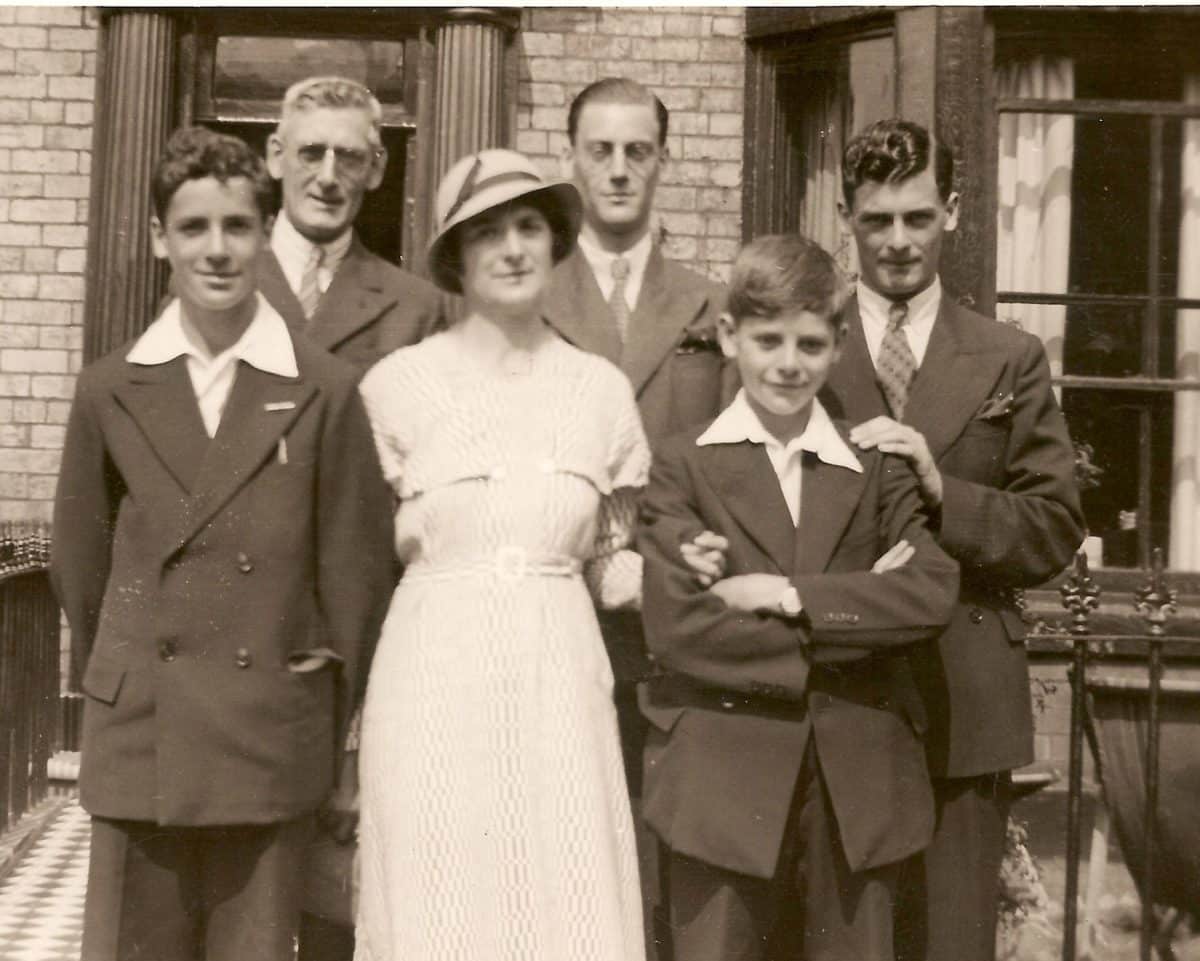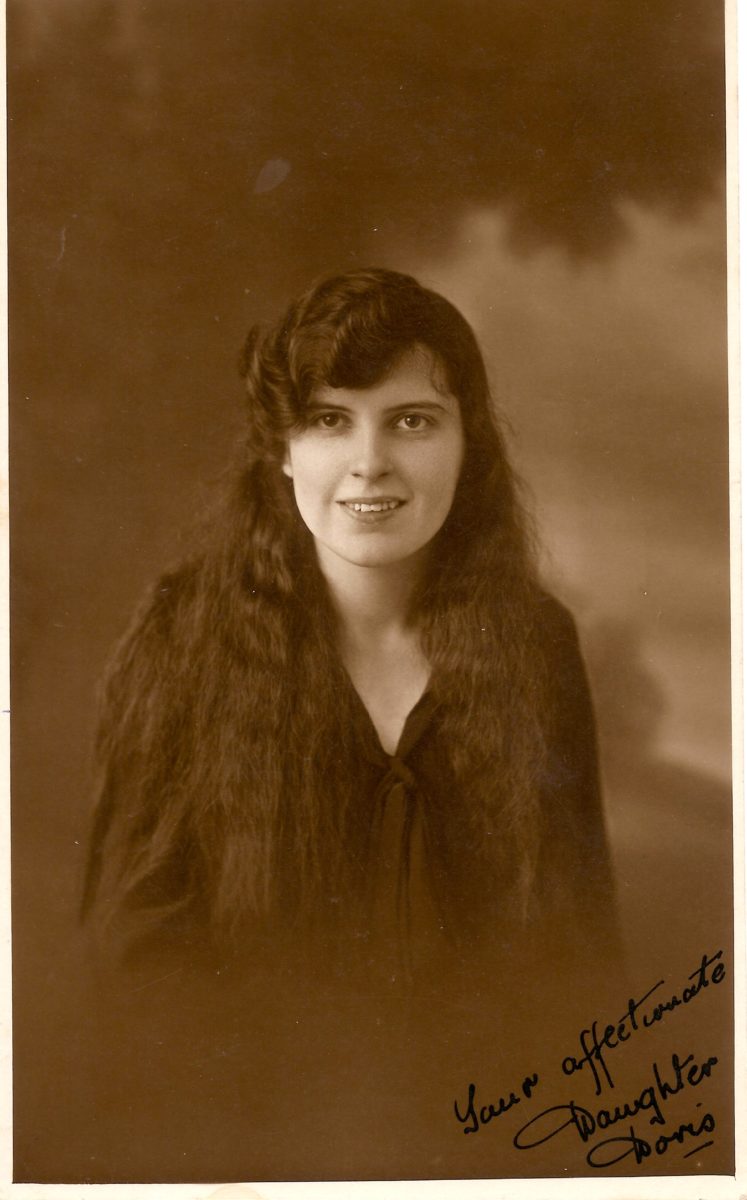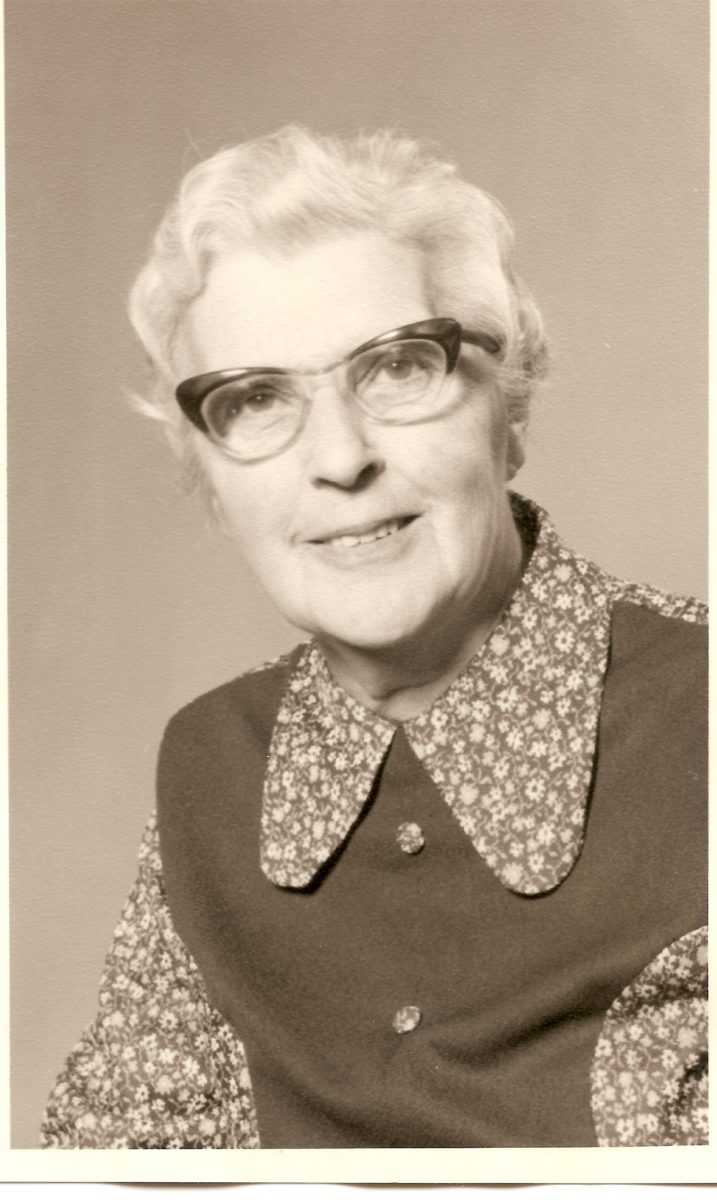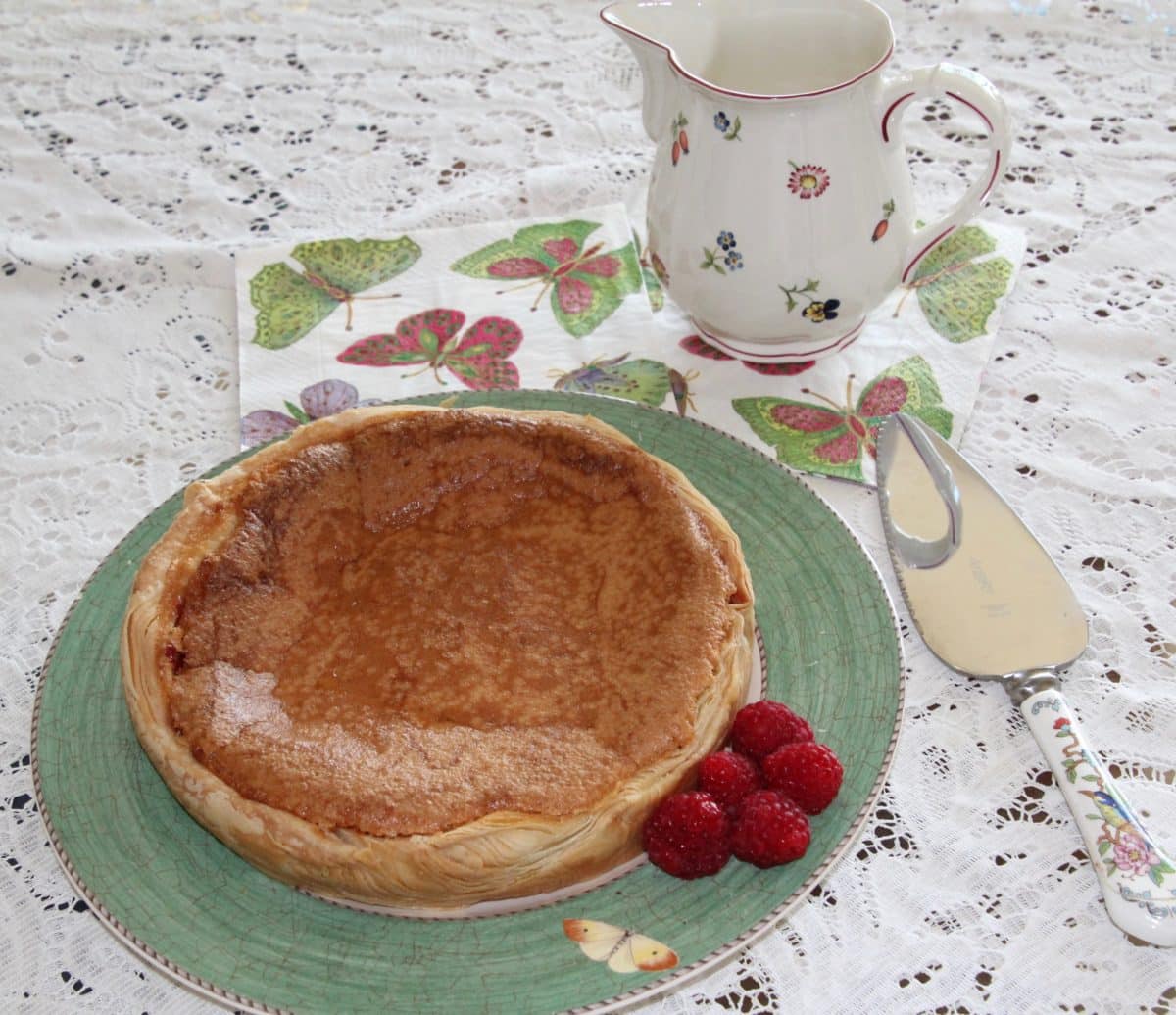Growing up, I learnt more about cooking on a scout campfire from my dad than I did from my mother in the kitchen. An only child, living in a small village in Norfolk, England, with a mother and father who both worked as teachers, meals were what happened when we all got home from school. The week took on a certain pattern – roast on Sunday, cold meat and vegetables on Monday and probably Tuesday, lamb or pork chops one day, and definitely a cottage pie on Fridays. We made the best use of our garden produce, the seasons producing their treats as the year progressed – new potatoes, fresh peas and broad beans, lettuces with tomatoes and cucumbers from the greenhouse. Fresh fruit or pastries for pudding. All good and healthy, but cooking was not a big production.

However, there was one culinary event each year that was special – Christmas Dinner at my Nana’s cottage in Eyam, Derbyshire. This village in the Peak District is widely known as ‘The Plague Village’ where the whole population quarantined themselves in 1666 to prevent the bubonic plague spreading to nearby villages. 260 people died – over half the population.
Nana still lived in Laurel Cottage, where my mother was born and where five generations of the family had lived before her. It was a tiny 2-bedroomed cottage, with very limited facilities even in the 1950s and 60s (by which I mean that there was only one cold-water tap, the ‘privy’ was down the garden and cooking was done on the open range).


Christmas in Eyam (in my memory at least) was magical. First of all, it ‘always’ snowed and the village was picture-book pretty clothed in white. Carol singers came round on Christmas Eve and were greeted with mince pies and home-made wine. The church bells pealed at midnight and then again on Christmas morning, and someone dressed as Santa brought Christmas hampers for the ‘old folk’. They too, were rewarded with mince pies and wine and must have been very merry by the end of their rounds.
We always got up early on Christmas morning – of course, for me to open my presents and for my mother and nana to make the Christmas Dinner (in Derbyshire this was – and still is – the meal eaten at the middle of the day). The centrepiece was usually a large chicken, though occasionally I remember having goose. ‘All the trimmings’ included home-made stuffing, little sausages wrapped in bacon (“pigs in blankets”) and home-made preserves. Vegetables were seasonal – roast potatoes, parsnips and, of course, brussel sprouts. Often, we would also have Yorkshire Pudding.
The intense flurry of activity in a confined space to arrange all this usually required my dad and I to go out ‘to get some fresh air’ (it certainly was!) or ‘work up an appetite,’ while preparations were in progress.
After some miracle of juggling pots and pans, taking the bird out of the oven while the potatoes finished roasting, boiling the sprouts on the hob or on the open fire, crisping the Yorkshire, dinner was served.
But even better was to follow – Bakewell Pudding and cream. The original recipe for ‘Real’ Bakewell Pudding is a closely guarded secret. It is said to have originated from a mistake by one of the cooks at Chatsworth House, seat of the Dukes of Devonshire. In omitting the flour from her preparation of a pudding for the visiting King Edward VII and Queen Alexandra, she inadvertently created a unique and delicious new dish. Nana had a recipe, which has been handed down through the generations and, for Christmas Pudding then, or a simply prepared dessert now is guaranteed to draw praise. It was a fitting end to a simple and memorable feast.
